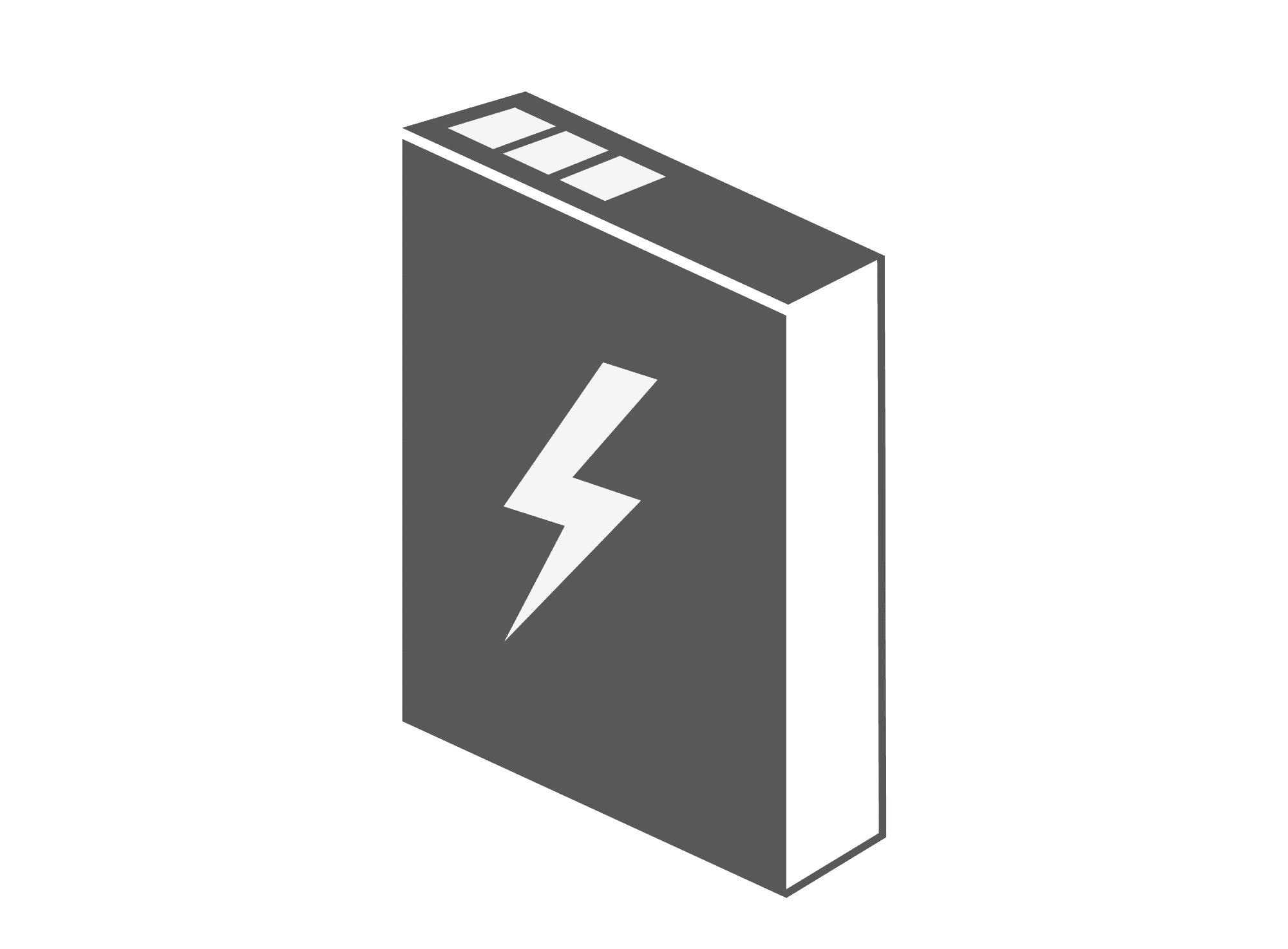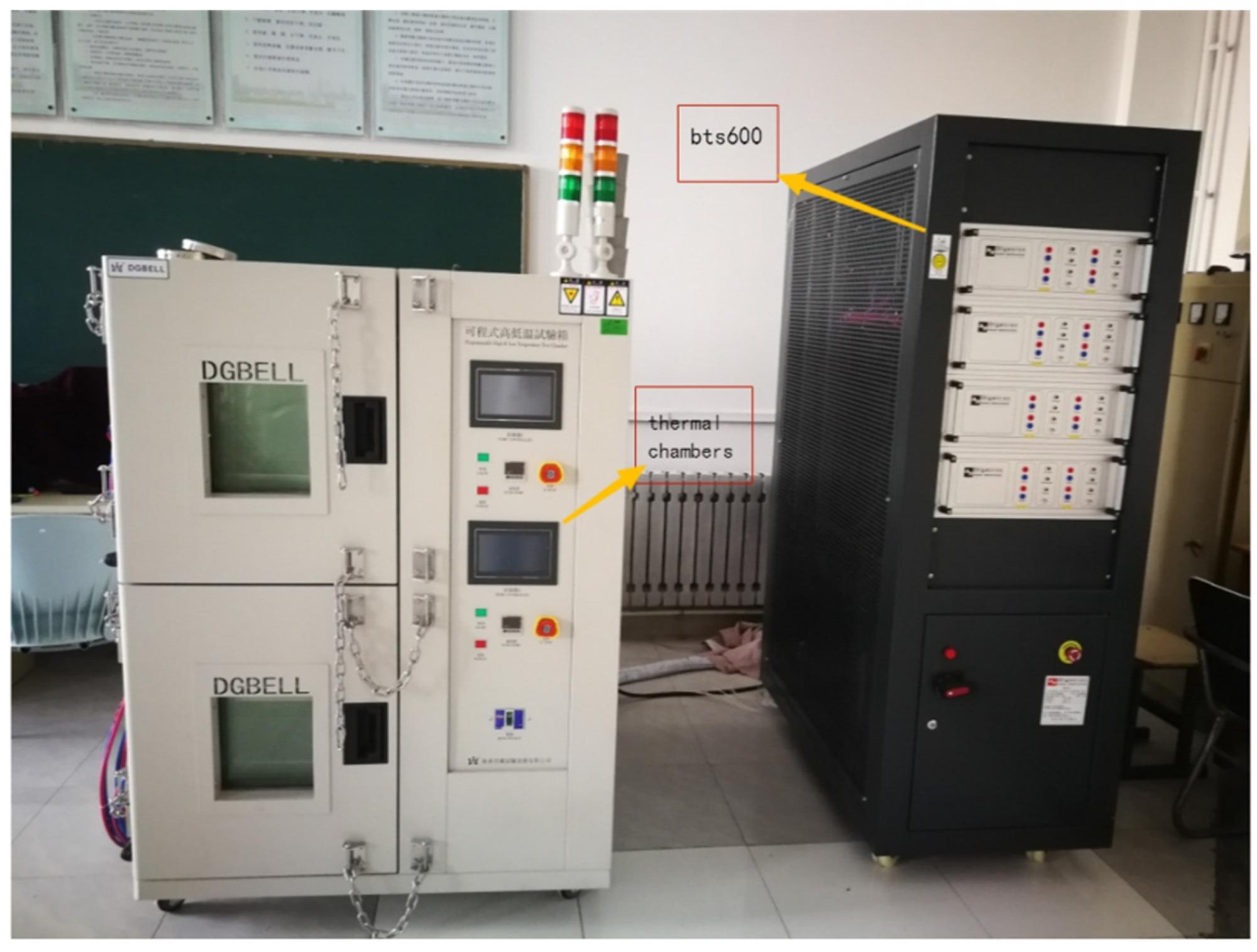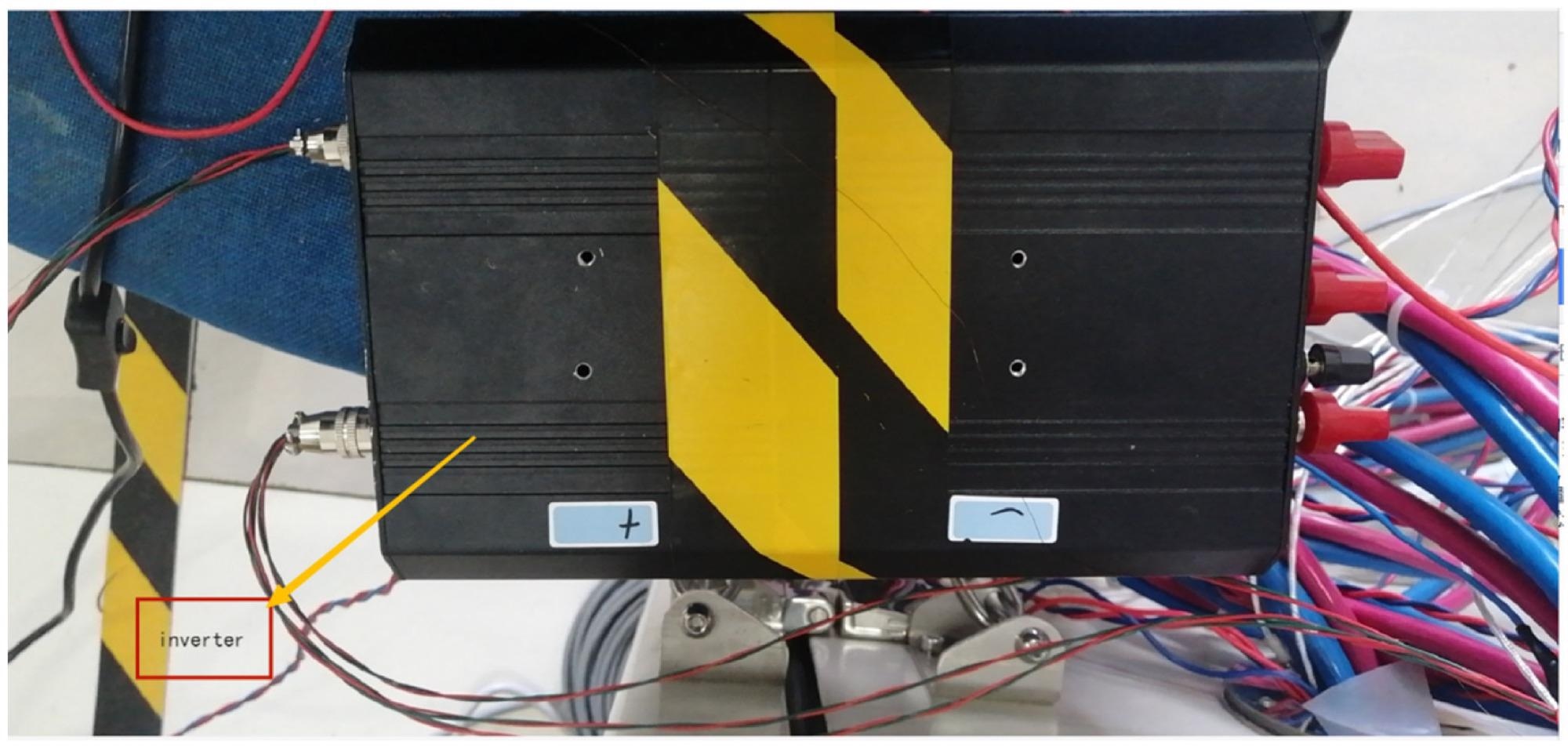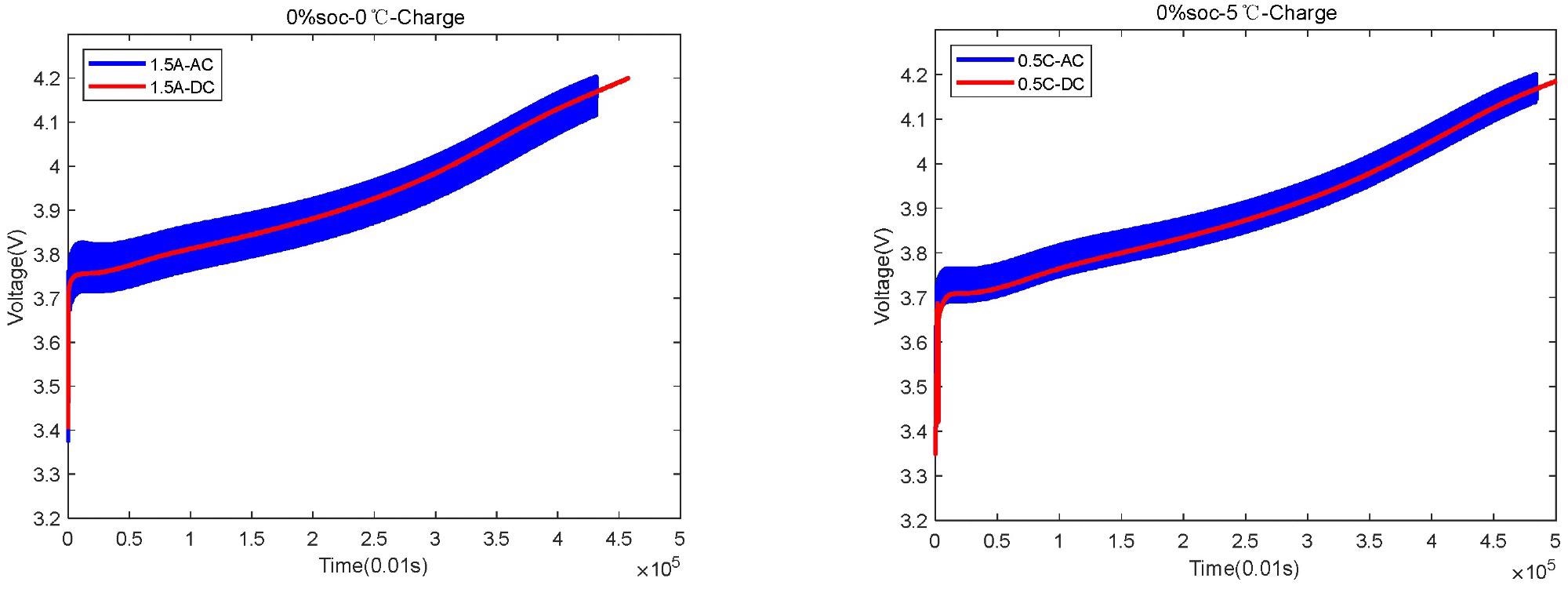Writing in Sustainability, a team of scientists from China has reported a rapid charging strategy using AC incentive methods for Li-ion batteries that offer improvements over current charging strategies.

Study: A Novel DC-AC Fast Charging Technology for Lithium-Ion Power Battery at Low-Temperatures. Image Credit: GzP_Design/Shutterstock.com
Li-ion Batteries
As society rapidly decarbonizes and electrifies, there is a pressing need for reliable energy storage devices that can meet the rigors of current technological demands and mitigate the problems caused by climate change. Li-ion batteries are used in a multitude of electronic devices. They are a central technology in electric vehicles due to their enhanced energy density, reliability, and durability.
There are, however, some drawbacks with Li-ion batteries, especially in low-temperature conditions. These devices can suffer from weak ionic conductivity in electrolytes, weak conductivity on SEI films, and low chemical reaction rates. Moreover, they can experience slow charging due to low diffusion coefficients of ions in graphite particles used as anodes.
Another critical issue at lower temperatures is the accumulation of lithium ions during charge cycles and the formation of lithium metal on the negative surface of the battery. Long-term dendrite growth can lead to severe device damage, impacting the battery’s lifetime and causing potential safety issues.

The BTS600 and thermal chamber. Image Credit: Guo, S. et al., Sustainability
Current Strategies for Low-temperature Battery Charging
There is a need for a dependable low-temperature rapid charging strategy to improve the efficiency, durability, and reliability of Li-ion batteries. Researchers have developed several strategies in recent years which use internal and external heating.
External heating strategies include using methods such as liquid and warm air to provide the necessary temperature. These methods suffer from several drawbacks, however. Uneven temperature distribution, low heating rates, and low efficiency all hinder the widespread use of external heating methods.
Due to the challenges associated with these methods, there has been growing research interest in methods that use internal heating to achieve fast and reliable low-temperature charging. Common strategies include pulse heating, self-heating methods, and convection heating.

The AC inverter. Image Credit: Guo, S. et al., Sustainability
The Study
The paper has proposed a novel strategy for fast, low-temperature charging of Li-ion batteries. The method overcomes negative effects which otherwise limit the efficiency and reliability of batteries when charged under these conditions.
The strategy helps to meet the demands of battery charging by realizing sufficient temperature rises during the process. Optimal parameters were obtained by the authors by investigating charging rate and frequency selection. Furthermore, the proposed method’s loss of capacity and charging efficiency were quantitatively compared to CCCV methods of charging currently in use.
In the research, a thermal chamber was selected to provide the external temperature conditions. The battery’s capacity was calibrated by a BTS 600 machine. An inverter provided the AC power for charging, with the battery charge and discharge process controlled by a computer, which also recorded the data for analysis. Temperature, voltage, and current sensors provided real-time monitoring and information.
External ambient temperatures of 0 oC and 5 oC were used in the test chamber to evaluate temperature effects, with the battery held for 2 hours to make sure the battery’s temperature reached the ambient temperature. The CCCV and AC-incentive charging strategies were then evaluated at different SOC and temperatures.
The battery was charged to the specified SOC point using CCCV charging, with subsequent temperature adjustment performed using the test chamber. After 2 hours, the required battery temperature was reached. The battery was then charged to the required voltage using both strategies. During the experiment, the temperature, current, and voltage were measured.

The voltage changes in the case of charging starting at 0% SOC at 0 °C and 5 °C, respectively. Image Credit: Guo, S. et al., Sustainability
Study Findings
Experimental observations confirmed the suitability of an AC-incentive strategy for low-temperature fast charging. The AC-incentive strategy met the required charge value 20% faster than the CCCV method. Moreover, the authors observed a fluctuating voltage rise in the AC-incentive strategy, which caused a faster temperature rise.
The average temperature rise in the AC-incentive strategy was 2-4 oC compared to the CCCV strategy. Therefore, the authors concluded that the AC strategy significantly reduces the time needed to charge Li-ion batteries in low-temperature conditions. At all temperatures and SOC conditions evaluated in the research, the charge time was significantly reduced using the AC strategy.
In Conclusion
The paper has demonstrated the advantages of using an AC-incentive strategy for rapid low-temperature lithium-ion charging. Under all tested conditions, the AC strategy was more efficient than CCCV charging strategies.
The authors have stated that future work will involve evaluating the practical application of the proposed strategy by using it to charge electric vehicles under low-temperature conditions.
Further Reading
Guo, S. et al. (2022) A Novel DC-AC Fast Charging Technology for Lithium-Ion Power Battery at Low-Temperatures Sustainability 14(11) 6544 [online] mdpi.com. Available at: https://www.mdpi.com/2071-1050/14/11/6544
Disclaimer: The views expressed here are those of the author expressed in their private capacity and do not necessarily represent the views of AZoM.com Limited T/A AZoNetwork the owner and operator of this website. This disclaimer forms part of the Terms and conditions of use of this website.